A new class of bio-inspired two-dimensional (2D) hybrid nanomaterials mimic the ability of photosynthetic plants and bacteria.
Tag: Nanomaterials
CUR Chemistry Division Selects 2021 Outstanding Mentorship Awardees
The Chemistry Division of the Council on Undergraduate Research has announced the 2021 recipients of its Outstanding Mentorship Award: Tarek Abdel-Fattah (Christopher Newport University); Fadi Bou-Abdallah (SUNY Potsdam); Loretta Jackson-Hayes (Rhodes College)
Watching the Evolution of Nanostructures in Thin Films
Scientists have found a way to turn X-ray fluorescence into an ultra-high position-sensitive probe to measure nanostructures in thin films. The fluorescence reveals the evolution of nanostructures in real time with nearly atomic-level resolution, something no other technique has achieved. This allows scientists to watch nanostructures in thin films evolve with unprecedented precision and design thin films for new applications.
CUR Physics and Astronomy Division Announces 2021 Barlow Awardees
The Physics and Astronomy Division of the Council on Undergraduate Research announces the 2021 recipients of the Nadine Barlow Undergraduate Research Support Awards. The awards seek to assist undergraduate students in conducting faculty-mentored research.
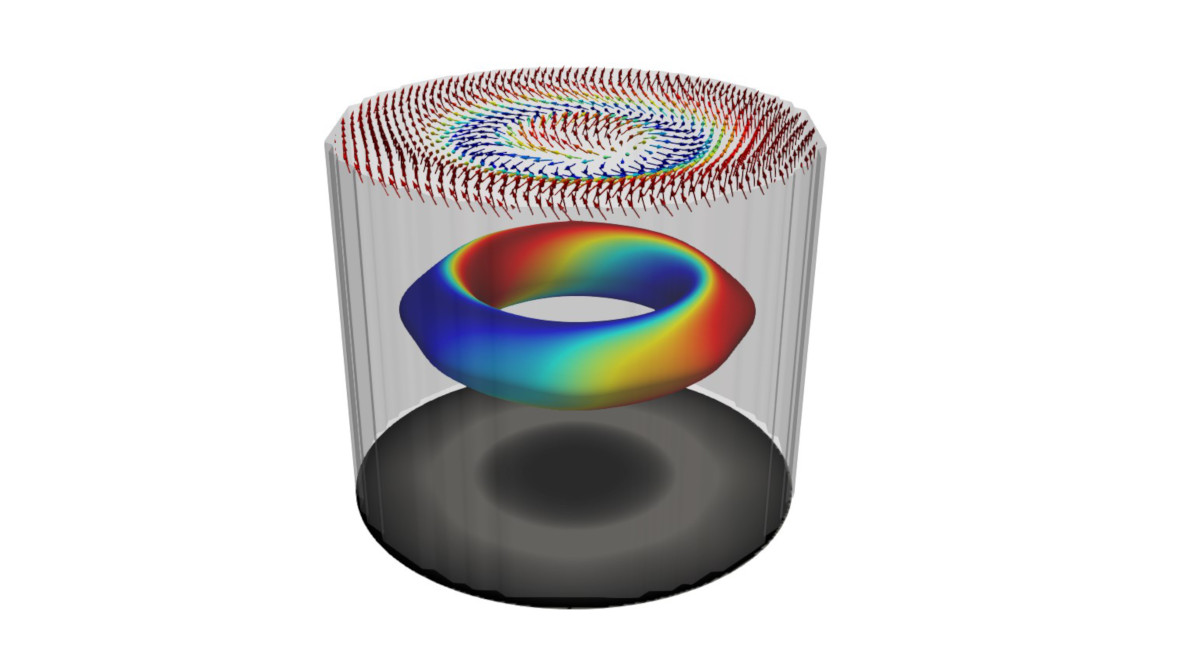
The Spintronics Technology Revolution Could Be Just a Hopfion Away
A research team co-led by Berkeley Lab has created and observed quasiparticles called 3D hopfions at the nanoscale (billionths of a meter) in a magnetic system. The discovery could advance high-density, high-speed, low-power, yet ultrastable magnetic memory “spintronics” devices.
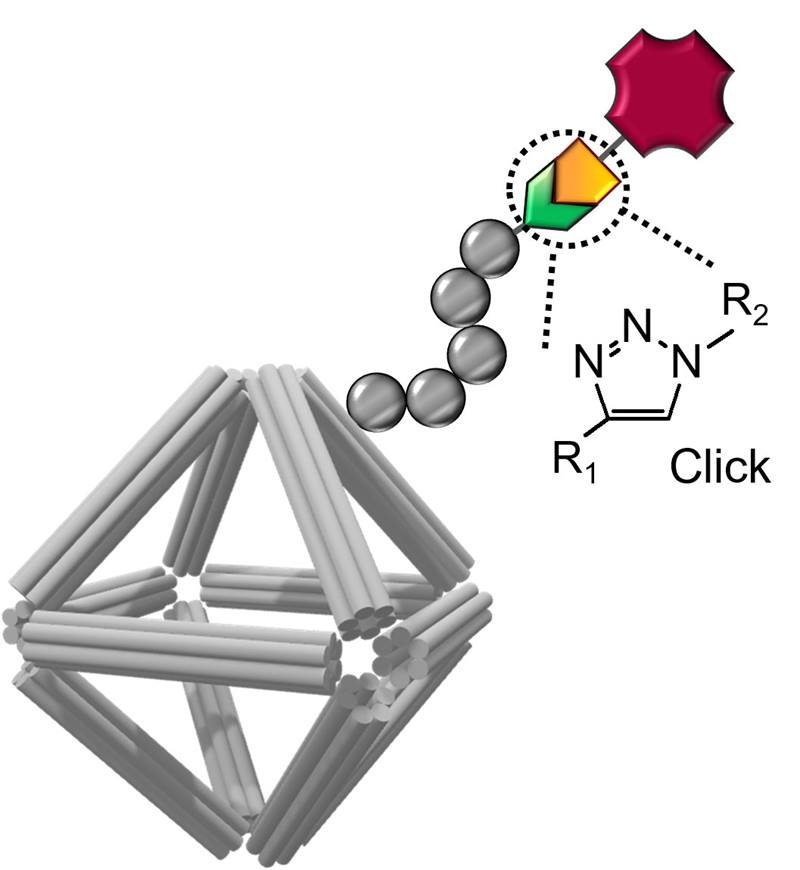
Fighting Cancer with DNA Origami
Scientists have devised a new way to build nanomaterials that can maintain their structural integrity and functionality in ways relevant to drug delivery. The team developed a class of molecular coatings compatible with biological environments. They used these coating to stabilize wireframed DNA origami cages that can carry an anticancer drug with a slower release of the medicine over time than possible with noncoated counterparts.
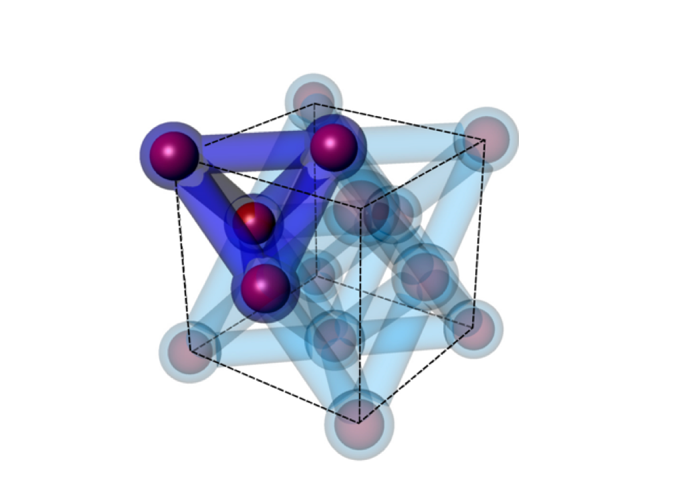
Building Tough 3D Nanomaterials with DNA
Columbia Engineering researchers, working with Brookhaven National Laboratory, report today that they have built designed nanoparticle-based 3D materials that can withstand a vacuum, high temperatures, high pressure, and high radiation. This new fabrication process results in robust and fully engineered nanoscale frameworks that not only can accommodate a variety of functional nanoparticle types but also can be quickly processed with conventional nanofabrication methods.

UCI-led team creates new ultralightweight, crush-resistant tensegrity metamaterials
Irvine, Calif., March 11, 2021 – Catastrophic collapse of materials and structures is the inevitable consequence of a chain reaction of locally confined damage – from solid ceramics that snap after the development of a small crack to metal space trusses that give way after the warping of a single strut. In a study published this week in Advanced Materials, engineers at the University of California, Irvine and the Georgia Institute of Technology describe the creation of a new class of mechanical metamaterials that delocalize deformations to prevent failure.
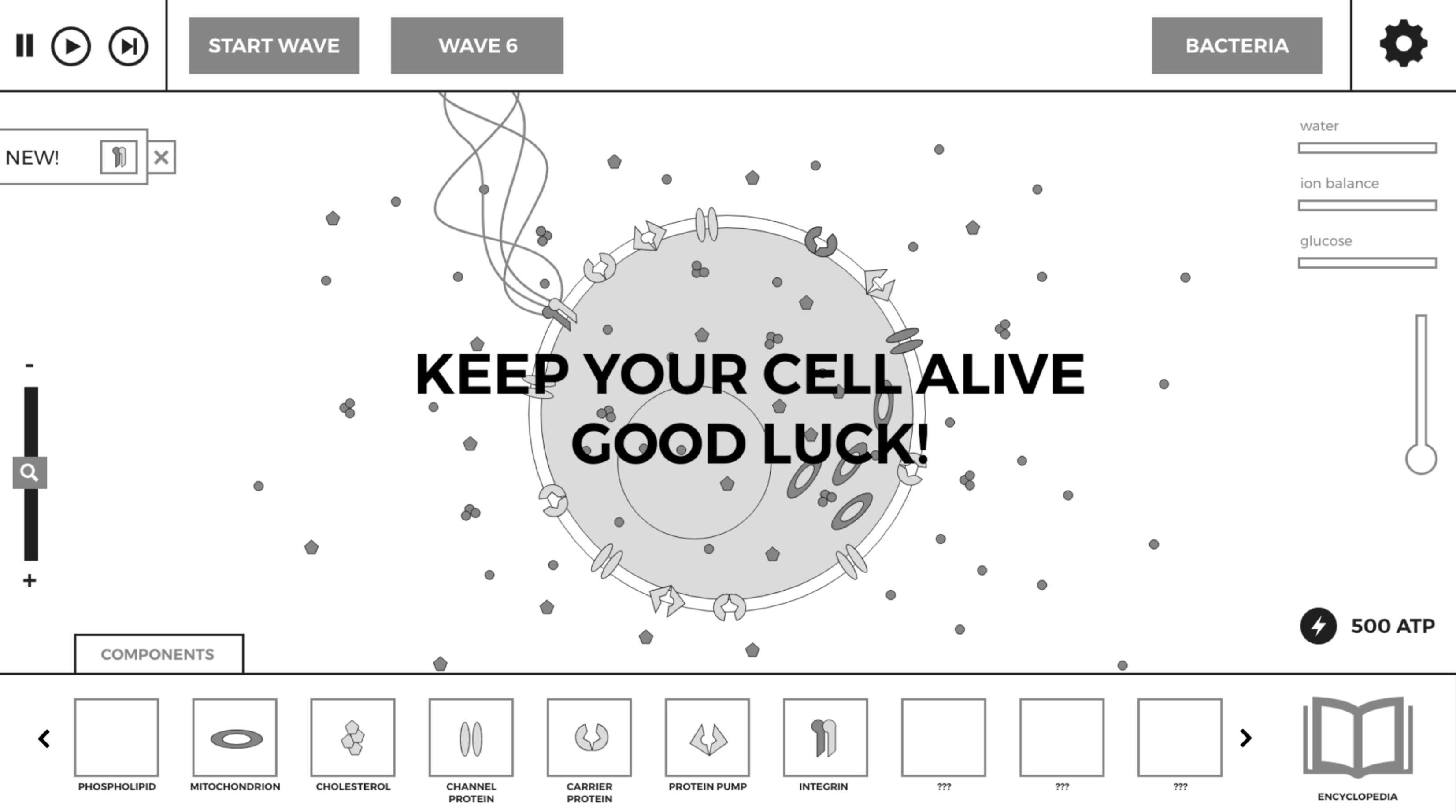
Scholarship and Practice of Undergraduate Research Issue Features Nontraditional Approaches to Research
The winter 2020 issue of Scholarship and Practice of Undergraduate Research (SPUR), the academic journal of the Council on Undergraduate Research, focuses on unusual approaches to undergraduate research such as research for chefs and a video game for biology majors.
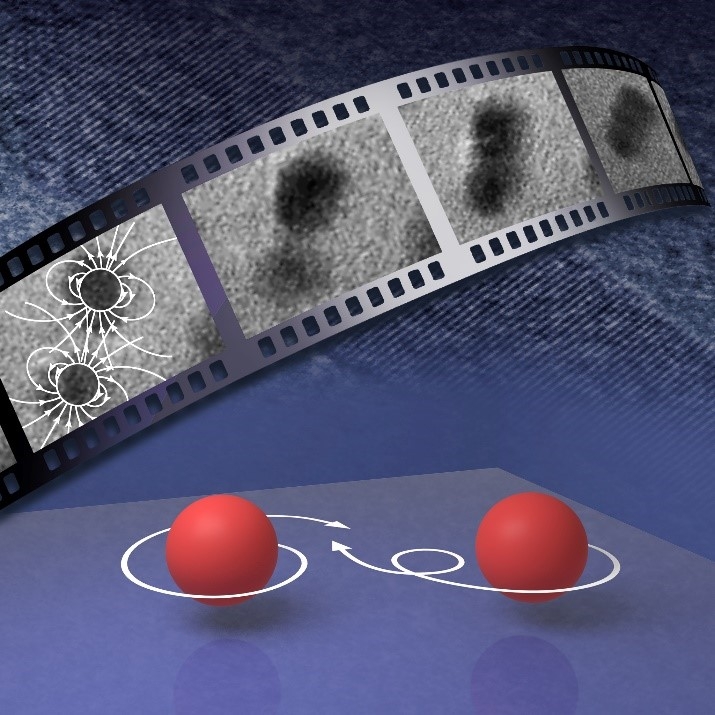
Dynamic Duos: How Particles Attach
Researchers have established a quantitative understanding of how nano-sized dipole particles assemble and crystalize. The driving force is the weak long-range attractive interaction between the dipoles that aligns the crystal faces of the particles prior to their collision. Stronger attractive forces then drive the final jump to connect the particles.
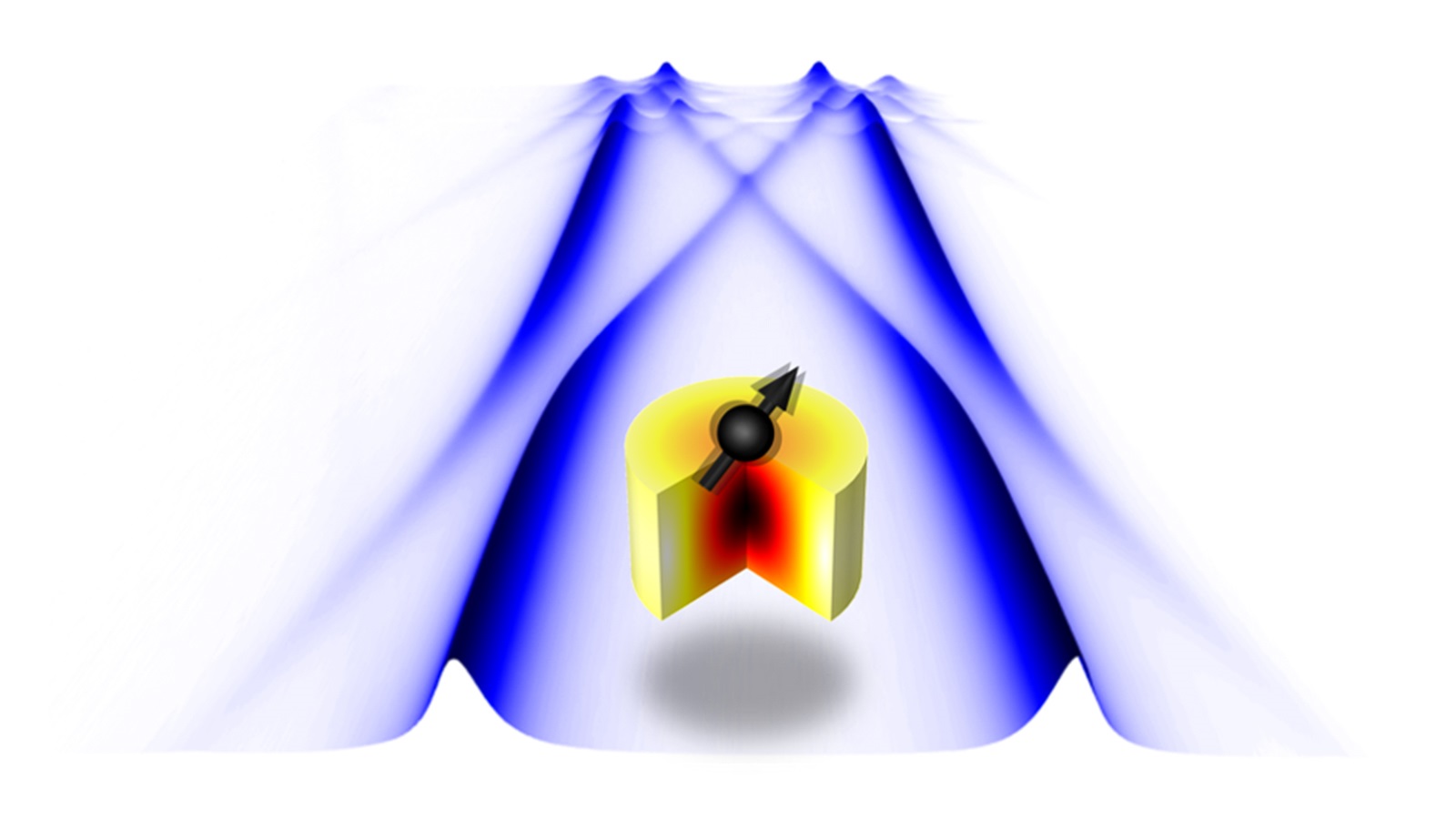
Pivotal discovery in quantum and classical information processing
Researchers have achieved, for the first time, electronically adjustable interactions between microwaves and a phenomenon in certain magnetic materials called spin waves. This could have application in quantum and classical information processing.

Columbia Engineers First to Observe Avalanches in Nanoparticles
Columbia Engineering researchers report the first nanomaterial that demonstrates “photon avalanching,” a process that is unrivaled in its combination of extreme nonlinear optical behavior and efficiency. The realization of photon avalanching in nanoparticle form opens up a host of sought-after applications, from real-time super-resolution optical microscopy, precise temperature and environmental sensing, and infrared light detection, to optical analog-to-digital conversion and quantum sensing.
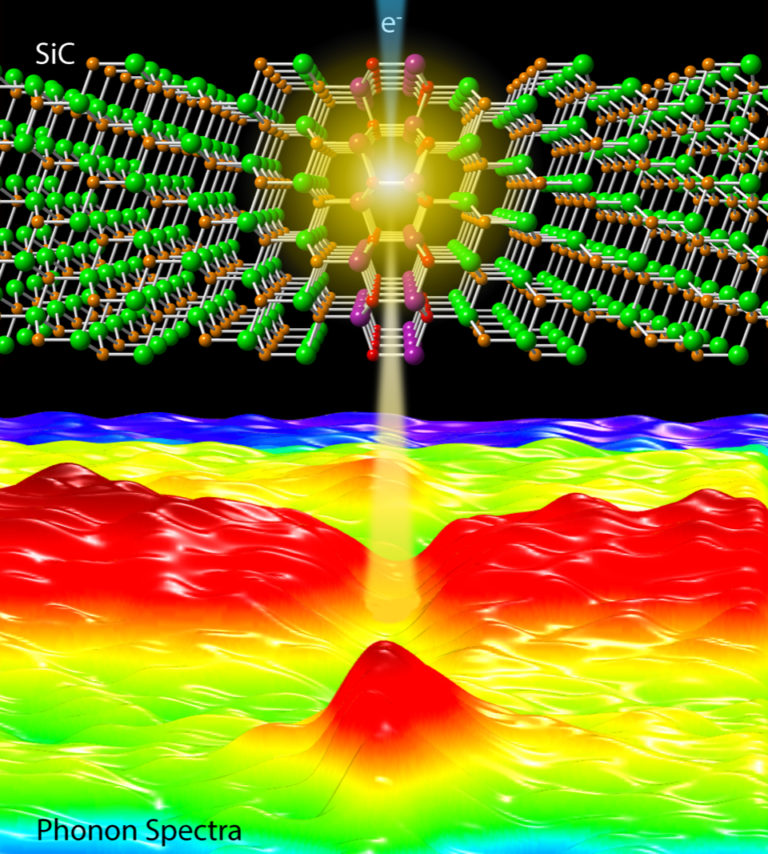
UCI scientists measure local vibrational modes at individual crystalline faults
Irvine, Calif., Jan. 11, 2021 – Often admired for their flawless appearance to the naked eye, crystals can have defects at the nanometer scale, and these imperfections may affect the thermal and heat transport properties of crystalline materials used in a variety of high-technology devices. Employing newly developed electron microscopy techniques, researchers at the University of California, Irvine and other institutions have, for the first time, measured the spectra of phonons – quantum mechanical vibrations in a lattice – at individual crystalline faults, and they discovered the propagation of phonons near the flaws.
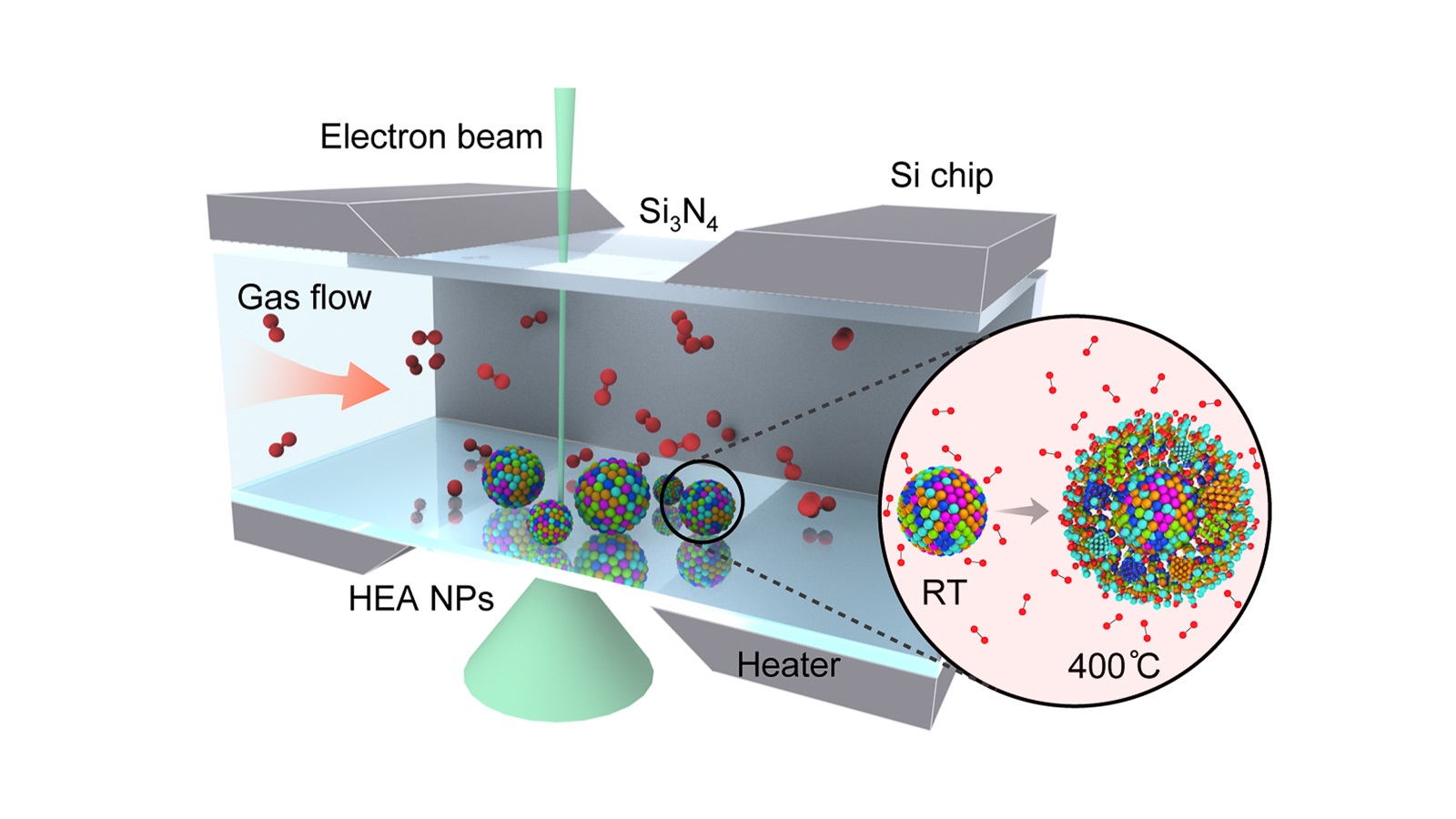
Better together: Scientists discover far-reaching applications of nanoparticles made of multiple elements
As catalysts for fuel cells, batteries and processes for carbon dioxide reduction, alloy nanoparticles that are made up of five or more elements are shown to be more stable and durable than single-element nanoparticles.

Eight ways Argonne advanced science in 2020
Throughout 2020, Argonne answered fundamental science questions and provided solutions for the world.
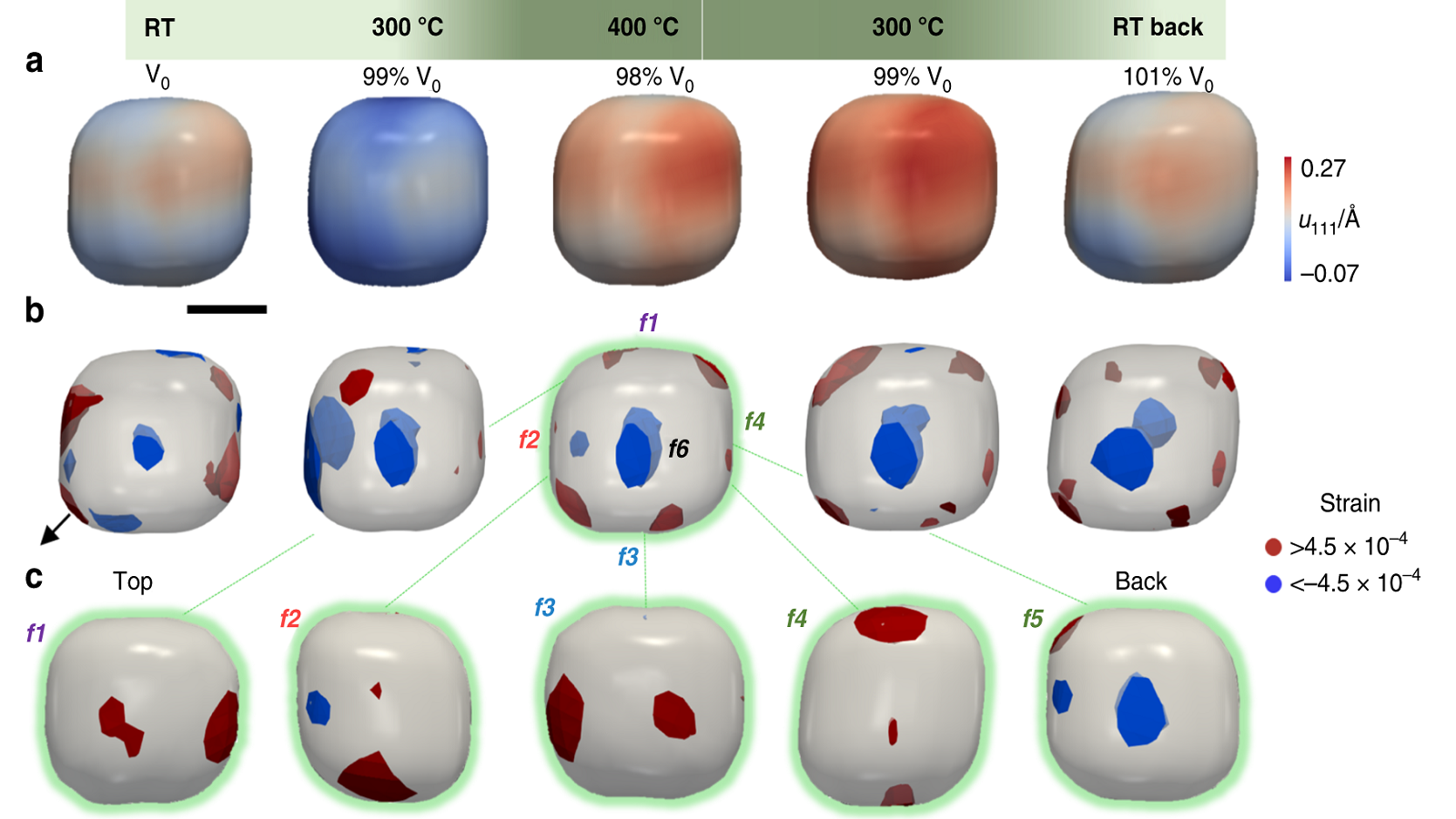
Striking gold: Advanced Photon Source enables catalysis research at small scales
By examining tiny particles of gold with powerful X-ray beams, scientists hope they can learn how to cut down on harmful carbon monoxide emissions from motor vehicles.
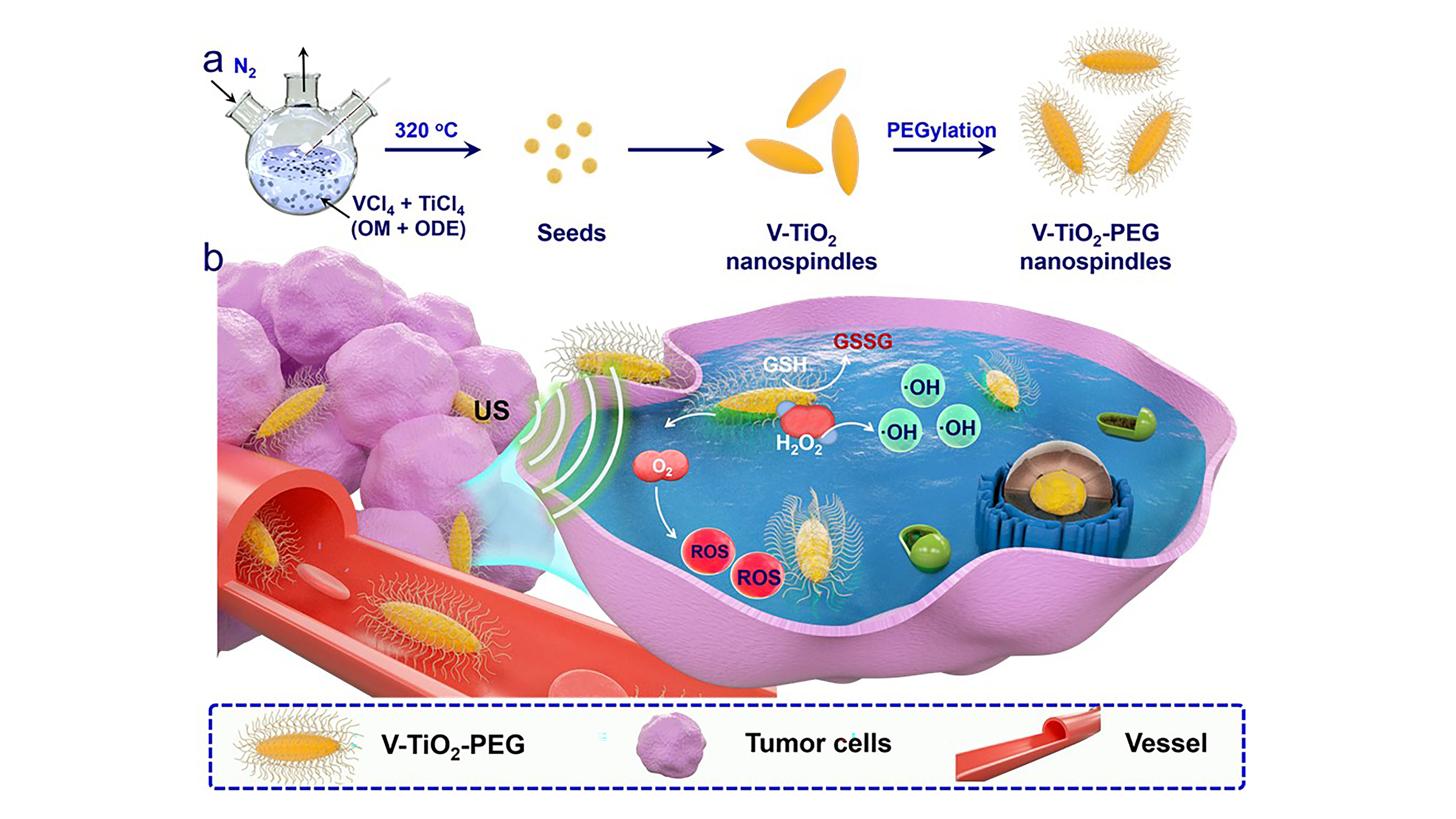
Tiny Nanospindles Enhance Use of Ultrasound to Fight Cancer
Ultrasound can be used to treat cancer when used in combination with molecules that sensitize the system to sound waves. These sonosensitizers generate toxic reactive oxygen species that attack and kill tumor cells. In Applied Physics Review, scientists report a new type of sonosensitizer based on a vanadium-doped titanium dioxide that enhances the amount of damage ultrasound inflicts on tumors. Studies in mice showed that tumor growth was markedly suppressed when compared to a control group.
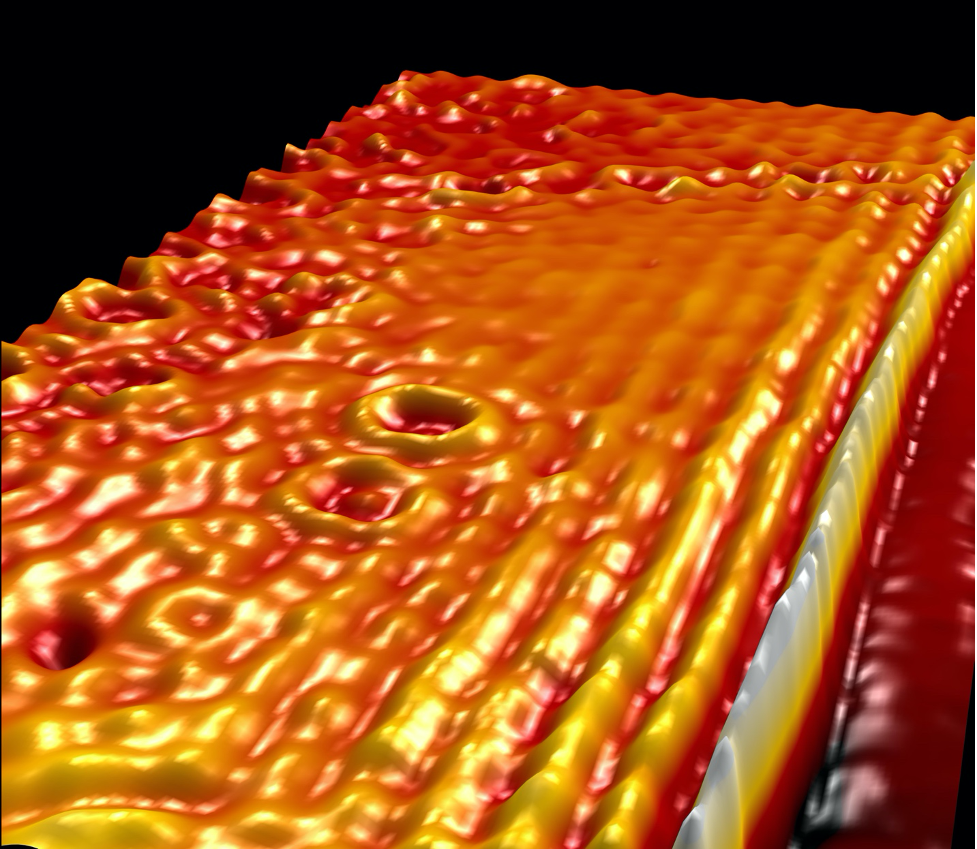
New Platform Generates Hybrid Light-Matter Excitations in Highly Charged Graphene
Columbia University researchers report that they have achieved plasmonically active graphene with record-high charge density without an external gate. They accomplished this by exploiting novel interlayer charge transfer with a two-dimensional electron-acceptor known as -RuCl3. “This work allows us to use graphene as a plasmonic material without metal gates or voltage sources, making it possible to create stand-alone graphene plasmonic structures for the first time,” said Mechanical Engineering Prof. James Hone.
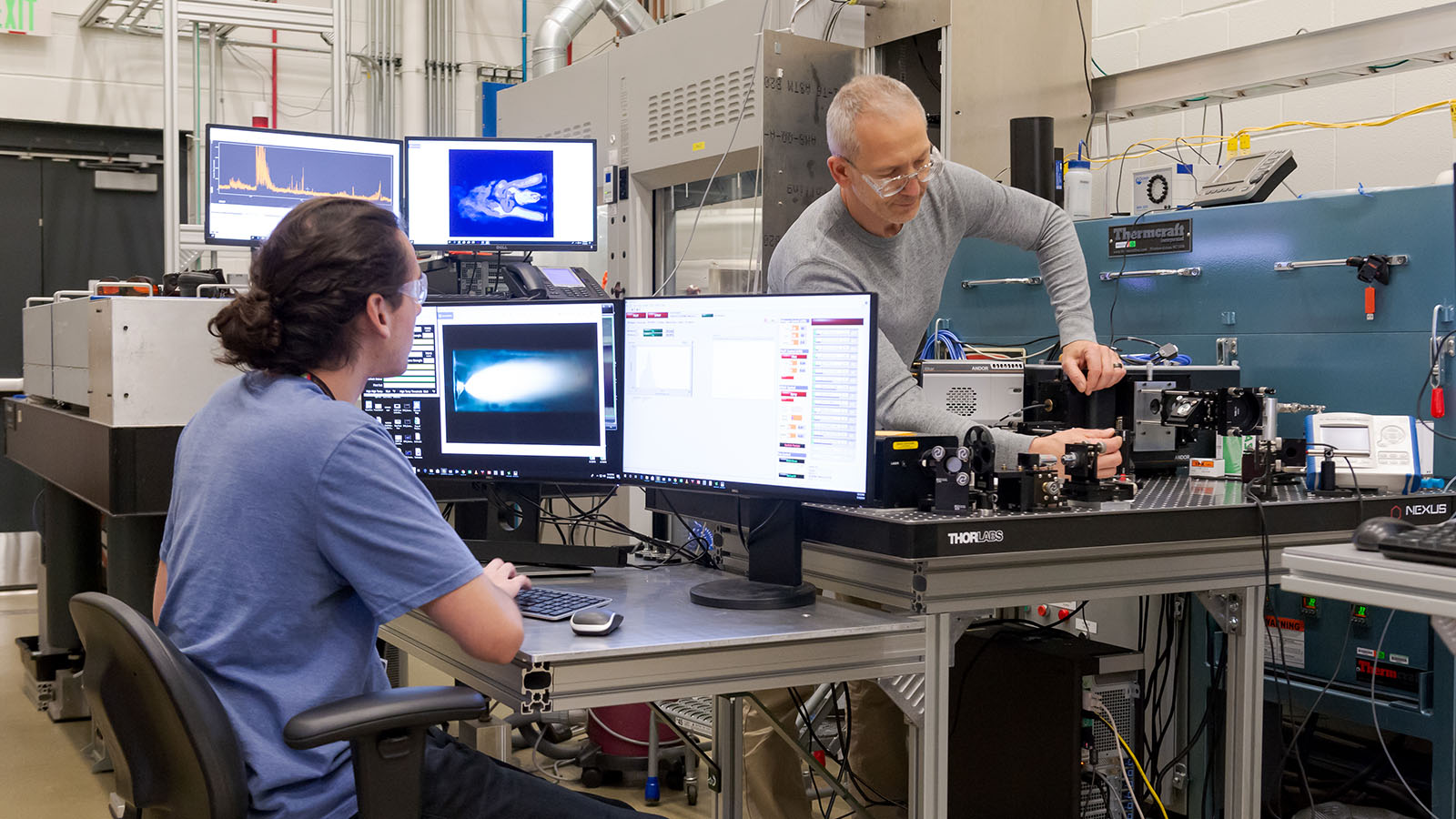
Flame on! How AI may tame a complex materials technique and transform manufacturing
Creating nanomaterials with flame spray pyrolysis is complex, but scientists at Argonne have discovered how applying artificial intelligence can lead to an easier process and better performance.

UCI materials scientists discover design secrets of nearly indestructible insect
Irvine, Calif., Oct. 21, 2020 – With one of the more awe-inspiring names in the animal kingdom, the diabolical ironclad beetle is one formidable insect. Birds, lizards and rodents frequently try to make a meal of it but seldom succeed. Run over it with a car, and the critter lives on. The beetle’s survival depends on two key factors: its ability to convincingly play dead and an exoskeleton that’s one of the toughest, most crush-resistant structures known to exist in the biological world.

What’s Nanotechnology? Kristin Persson Explains at 4 Different Levels
In celebration of National Nanotechnology Day, Molecular Foundry Director Kristin Persson explains atomic-scale engineering at four different levels – for a kindergartner, a middle schooler, a high school senior, and a graduate student
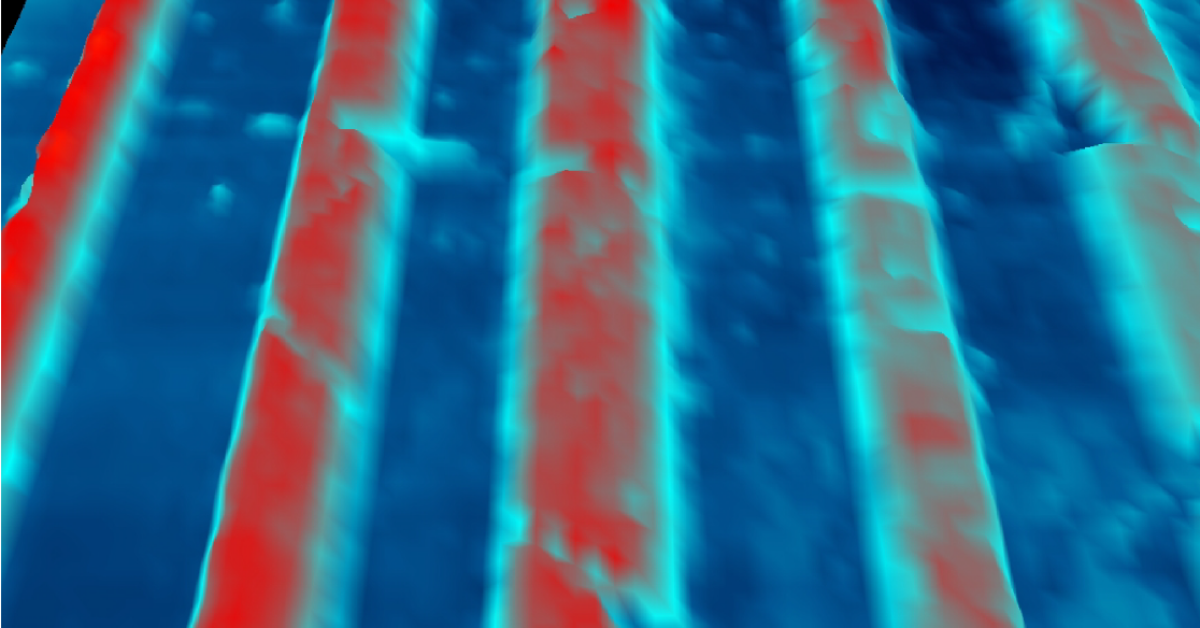
Science Snapshots September 2020
2D Electronics, Plant Biofactories, Transforming Waste, and Vaccine Development.
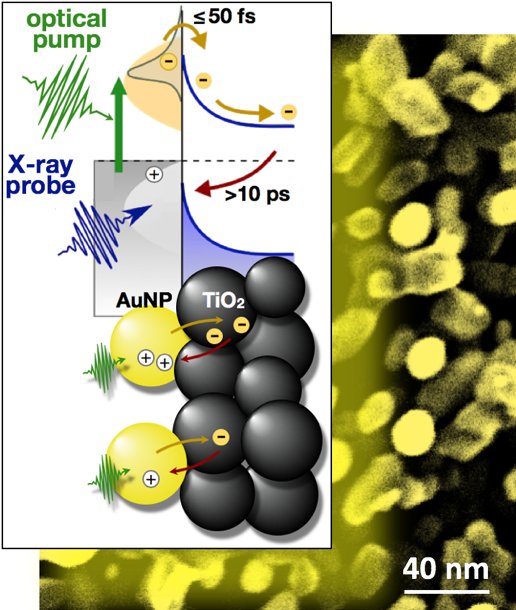
Scientists Capture Candid Snapshots of Electrons Harvesting Light at the Atomic Scale
A team of scientists led by Berkeley Lab has gained important new insight into electrons’ role in the harvesting of light in artificial photosynthesis systems.
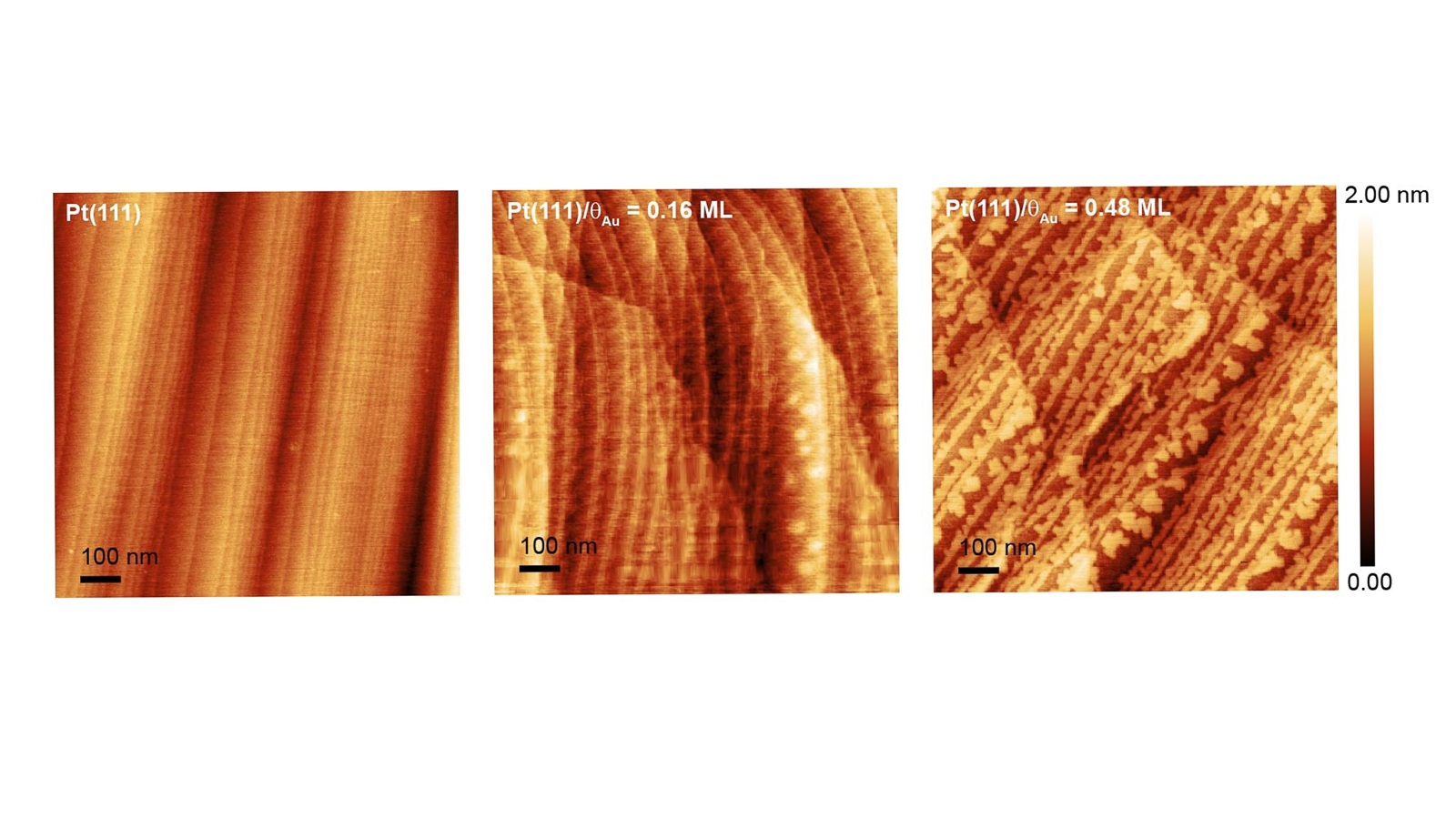
High-precision electrochemistry: The new gold standard in fuel cell catalyst development
As part of an international collaboration, scientists at Argonne National Laboratory have made a pivotal discovery that could extend the lifetime of fuel cells that power electric vehicles by eliminating the dissolution of platinum catalysts.
Tiny engineered therapeutic delivery system safely solves genetic problems in mice
Researchers report in Science Advances that the lipid-based nanoparticles they have engineered, carrying two sets of protein-making instructions, showed in animal studies that they have the potential to function as therapies for two genetic disorders.
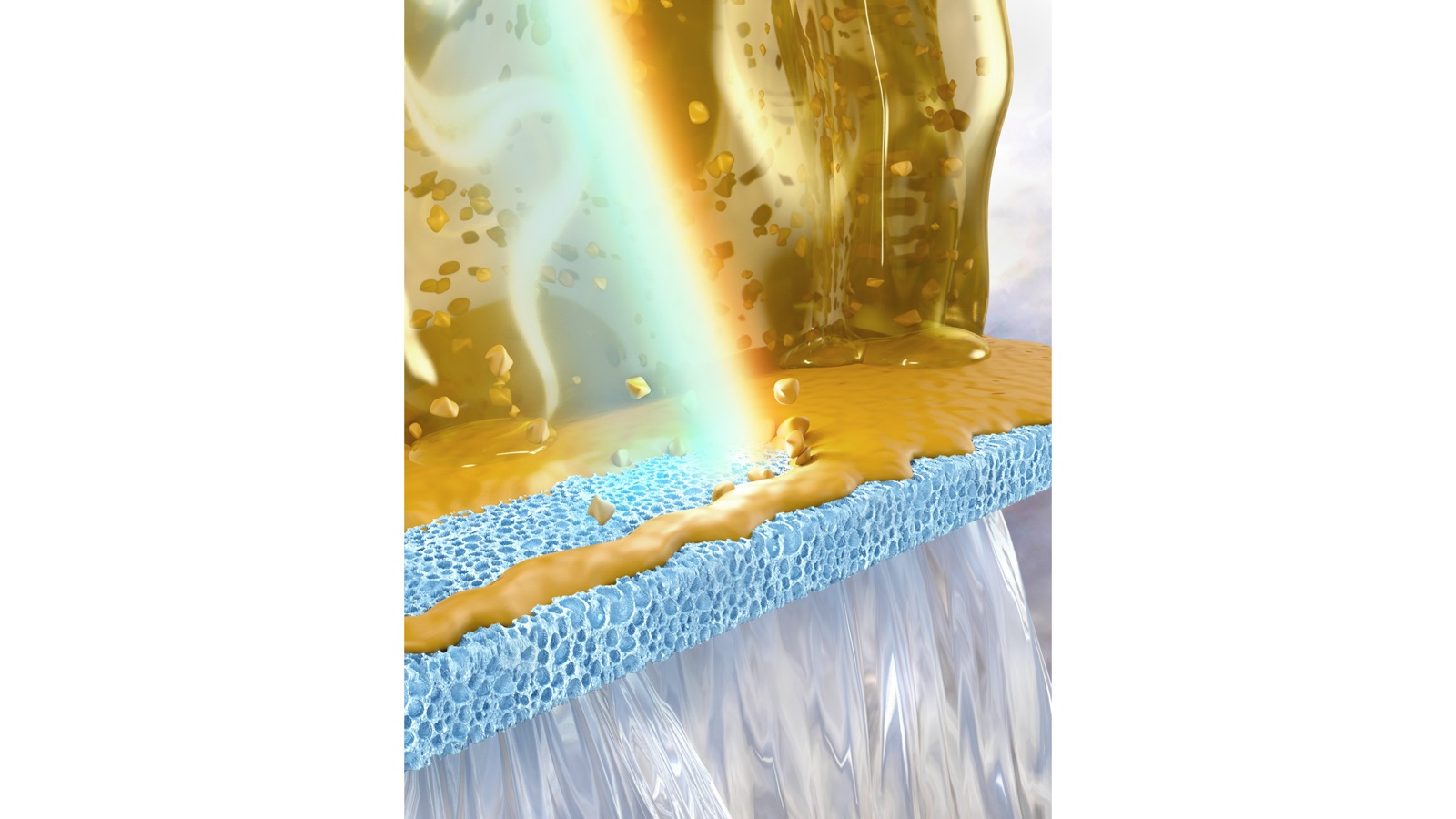
Argonne scientists create water filtration membranes that can clean themselves
Scientists at the Department of Energy’s Argonne National Laboratory have designed a new, low-cost means to address membrane fouling through the application of a light-activated coating that can make the membrane self-cleaning.
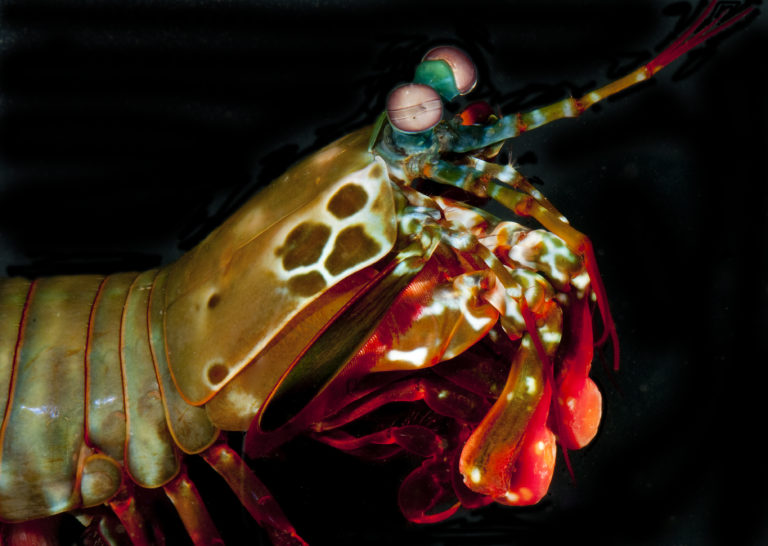
UCI materials scientists study a sea creature that packs a powerful punch
Irvine, Calif., Aug. 17, 2020 – University of California, Irvine materials scientists are learning about resilience from the mantis shrimp. The ancient crustaceans are armed with two hammerlike raptorial appendages called dactyl clubs that they use to bludgeon and smash their prey. These fists, able to accelerate from the body at over 50 mph, deliver powerful blows yet appear undamaged afterward.
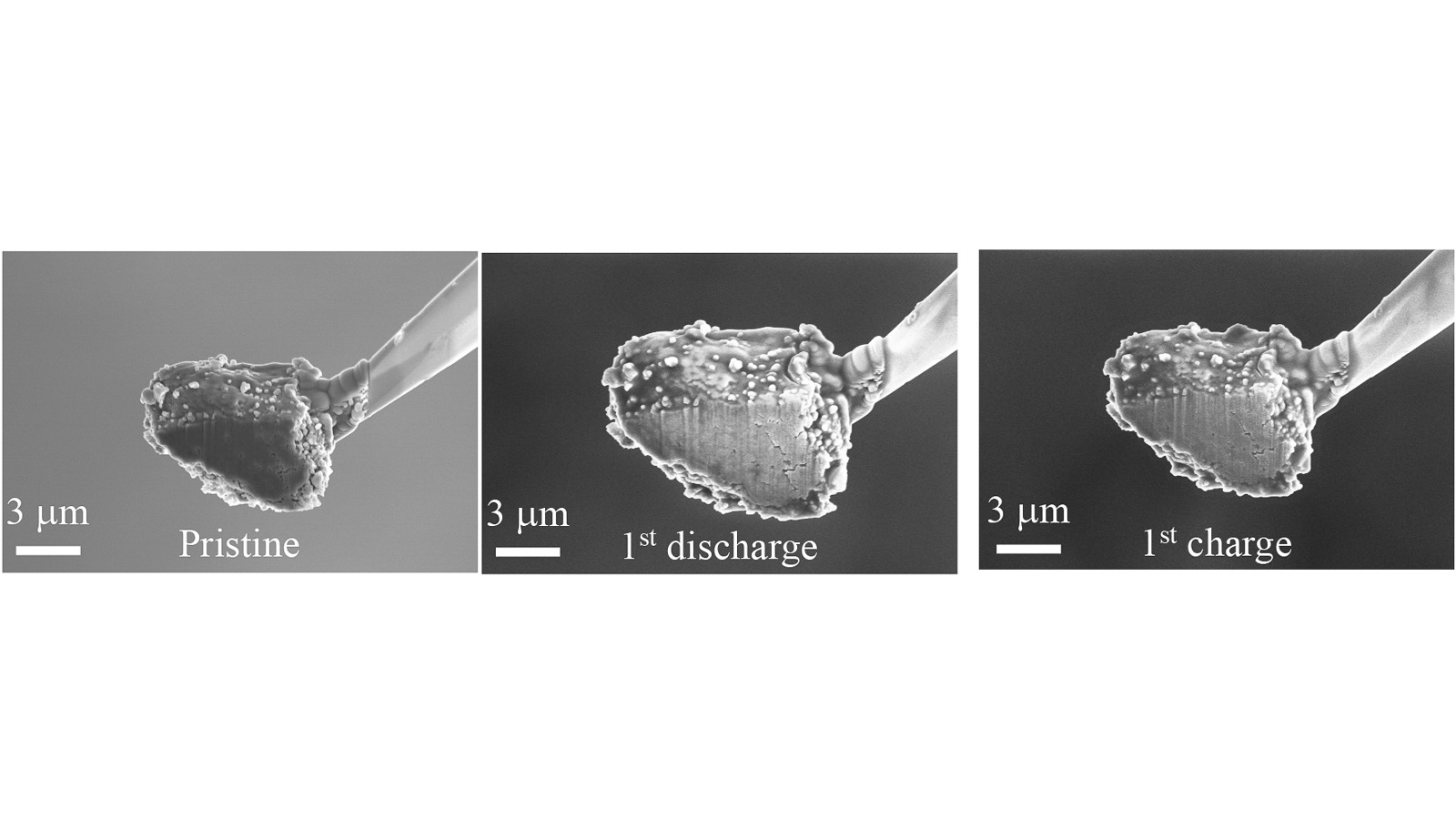
Redesigning lithium-ion battery anodes for better performance
In a new study, a team led by researchers at Argonne National Laboratory has made discoveries concerning a potential new, higher-capacity anode material, which would allow lithium-ion batteries to have a higher overall energy capacity.
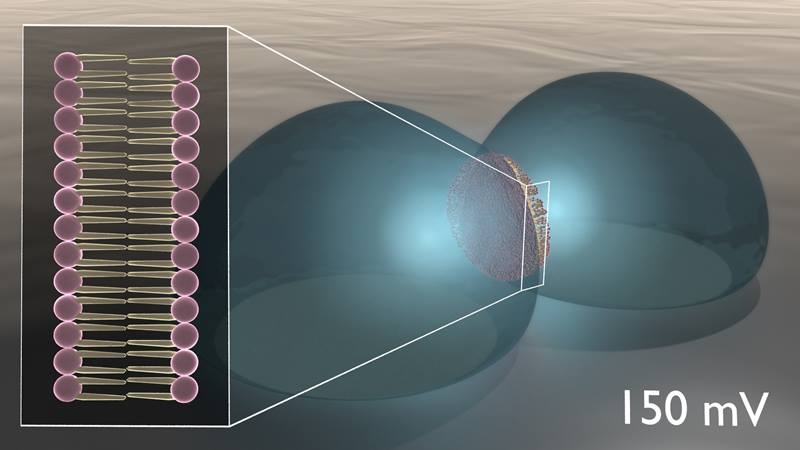
Oil and Water Almost Mix in Novel Neuromorphic Computing Components
Researchers developed a novel memory storage device that uses soft biomaterials to mimic synapses. The device consists of two layers of fatty organic compounds called lipids. The lipid layers form at an oil-water interface to create a soft membrane. When scientists apply an electric charge to the membrane, the membrane changes shape in ways that can store energy and filter biological and chemical data.

Department of Energy awards $3.15 million to Argonne to support collaborations with industry
The U.S. Department of Energy (DOE) announced more than $33 million in funding for 82 projects aimed at advancing commercialization of promising energy technologies and strengthening partnerships between DOE’s National Laboratories and private-sector companies.
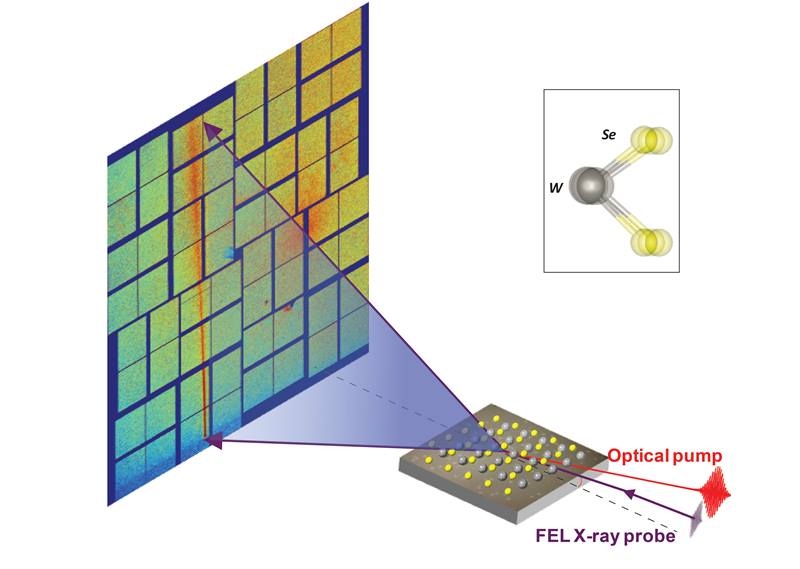
Intense Light Pulses Bounce on a Crystalline Bed without Rumpling the Atomic Blanket
Scientists developed a new technique that uses intense X-ray pulses to measure how atoms move in a sheet of material one molecule thick. Scientists showed that movement of the atoms in a tungsten-selenium “blanket” layer caused the layer to stretch but not wrinkle. The research can help produce materials with new optical and electronic properties.

Process for ‘two-faced’ nanomaterials may aid energy, information tech
A team led by Oak Ridge National Laboratory implanted atoms precisely into the top layers of ultra-thin crystals, yielding two-sided Janus structures that may prove useful in developing energy and information technologies.
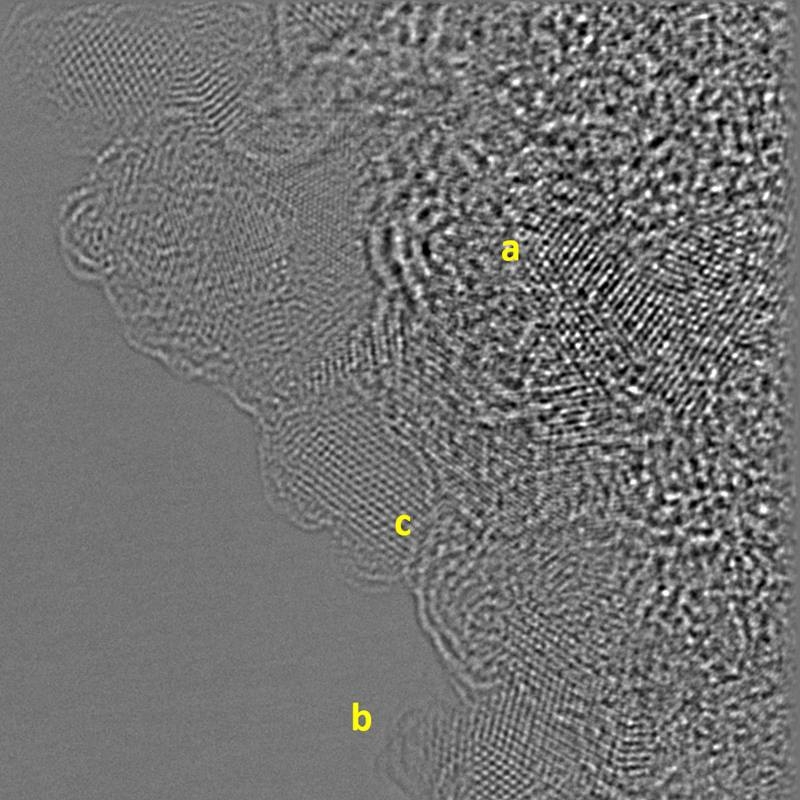
Nanodiamonds Slip N’ Slide
Scientists tested the performance of a dry, oil-free lubricant that could improve efficiency and decrease waste in industrial machinery. The dry solid lubricant includes diamond nanoparticles. It creates a surface coating that reduces friction 20-fold compared to oil-based lubricants.
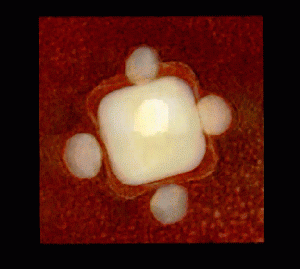
LEGO™ Construction of Nanoparticle Assemblies
Scientists developed a new method of selectively attaching DNA strands to specific regions of nanoparticles. The DNA strands then dictate how the nanoparticles assemble into more complex architectures. The team used this approach to demonstrate 24 different nanoarchitectures.

Building Better Bridges for Moving Energy
Scientists have developed a new type of nanostructure that mimics certain natural light-harvesting systems. The new nanostructures serve as a bridge to move energy generated by light-absorbing molecules to light-emitting molecules. The transfer has less than 1 percent energy loss.
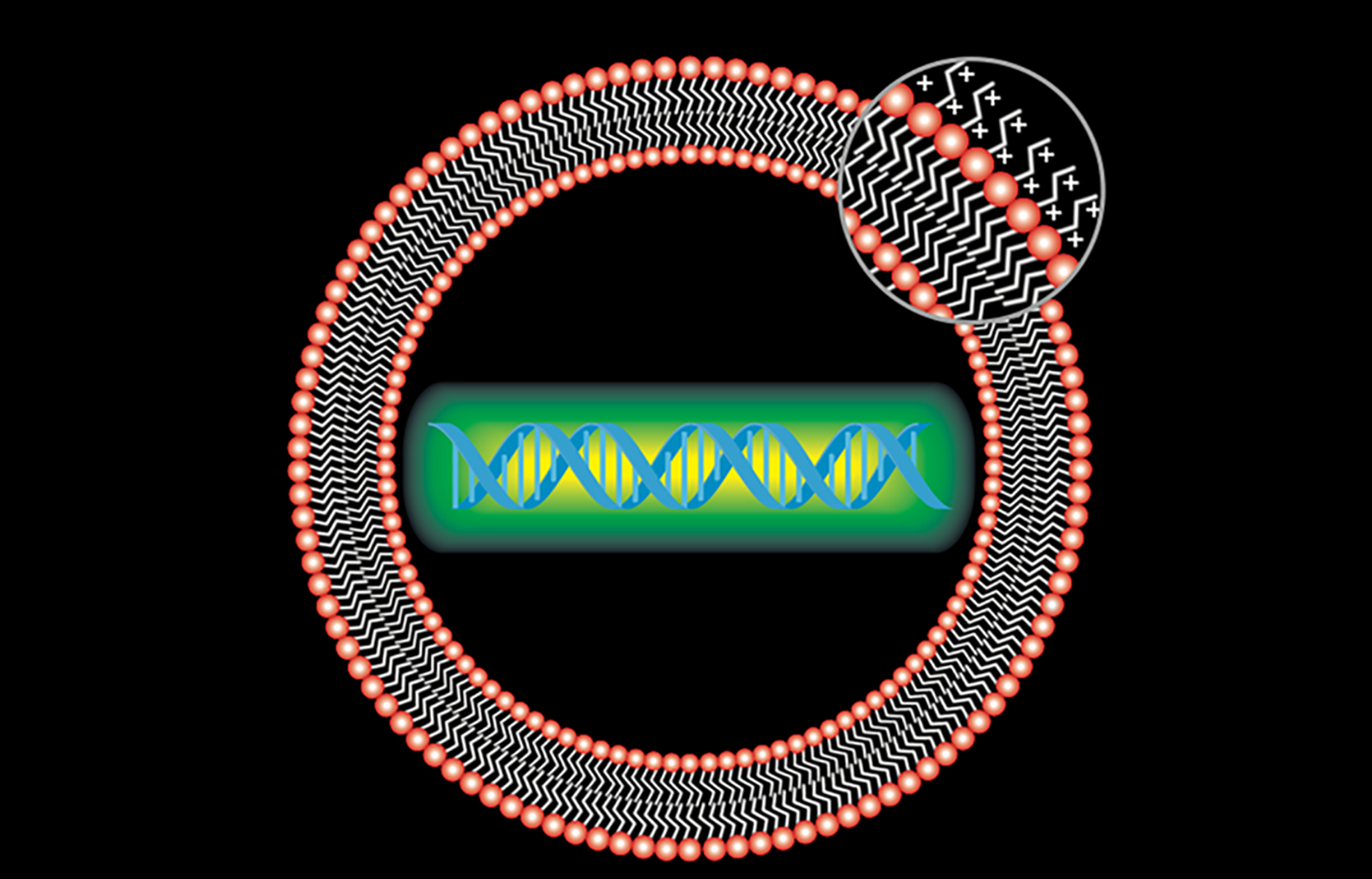
Scientists Aim Gene-Targeting Breakthrough Against COVID-19
Scientists at Berkeley Lab and Stanford have joined forces to aim a gene-targeting, antiviral agent called PAC-MAN against COVID-19.
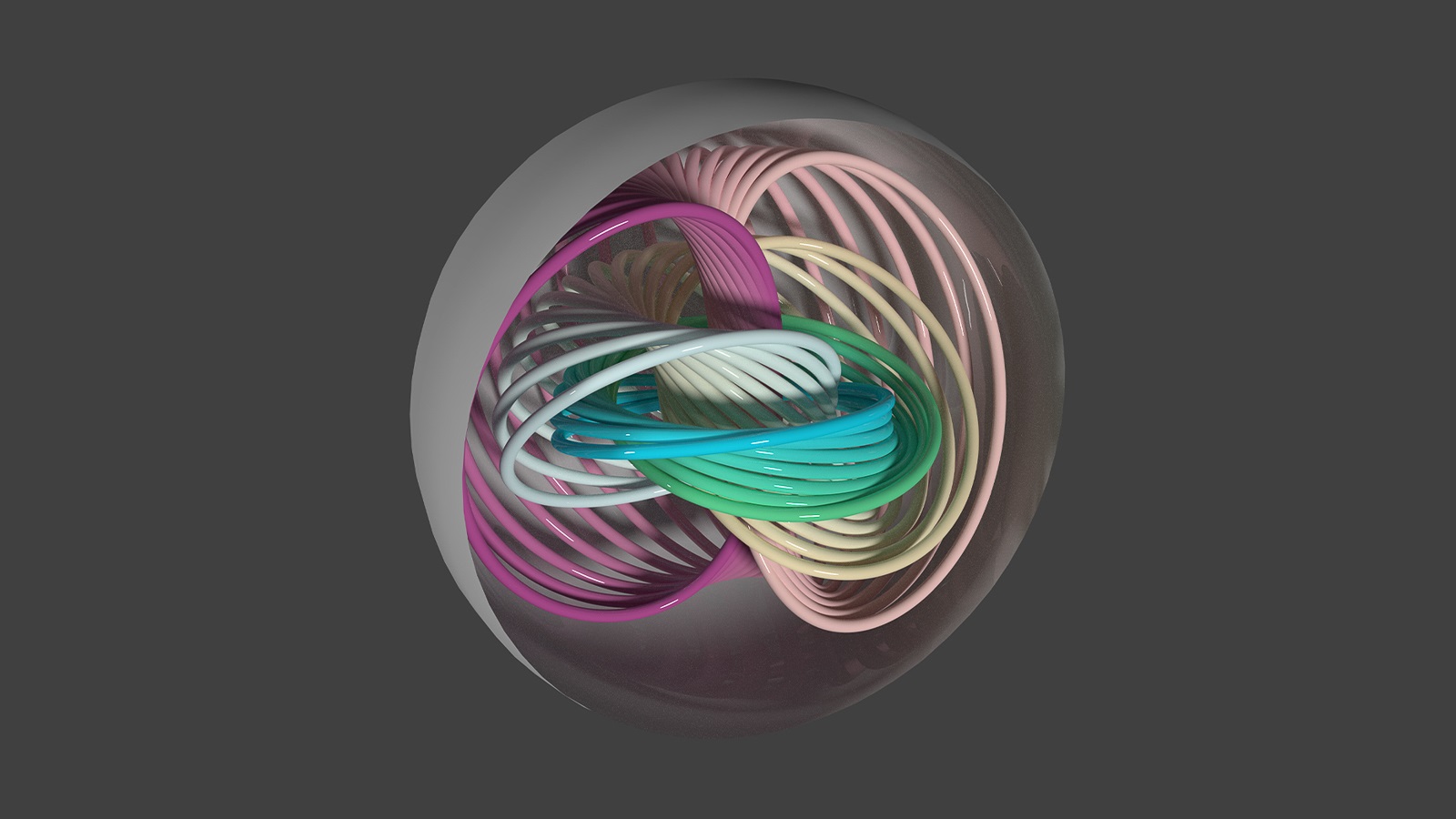
Novel insight reveals topological tangle in unexpected corner of the universe
In a recent theoretical study, scientists discovered the presence of the Hopfion topological structure in nano-sized particles of ferroelectrics — materials with promising applications in microelectronics and information technology.
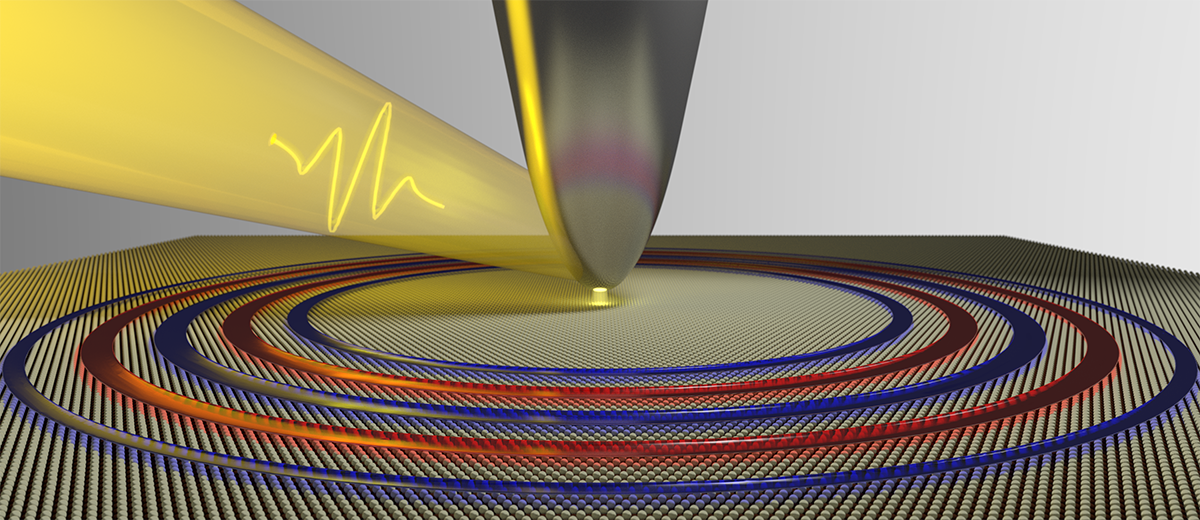
Making Quantum ‘Waves’ in Ultrathin Materials
A team of researchers co-led by Berkeley Lab has observed unusually long-lived wavelike electrons called “plasmons” in a new class of electronically conducting material. Plasmons are very important for determining the optical and electronic properties of metals.
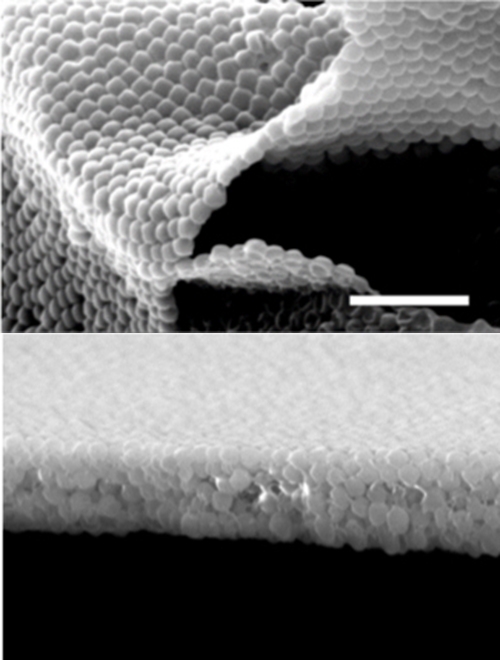
New Route to Thin Porous Membranes
Scientists have discovered a new method of producing ultra-thin porous membranes. The key is growth of a polymer “corona”—an ultrathin layer of polymer surrounding highly porous metal-organic-framework (MOF) nanoparticles. The nanoparticles self-assemble into layers one particle thick and into multilayer, self-supporting porous films.

Argonne physicist Giulia Galli earns two top honors for outstanding research and leadership
Galli elected to both the American Academy of Arts and Sciences and the National Academy of Sciences.
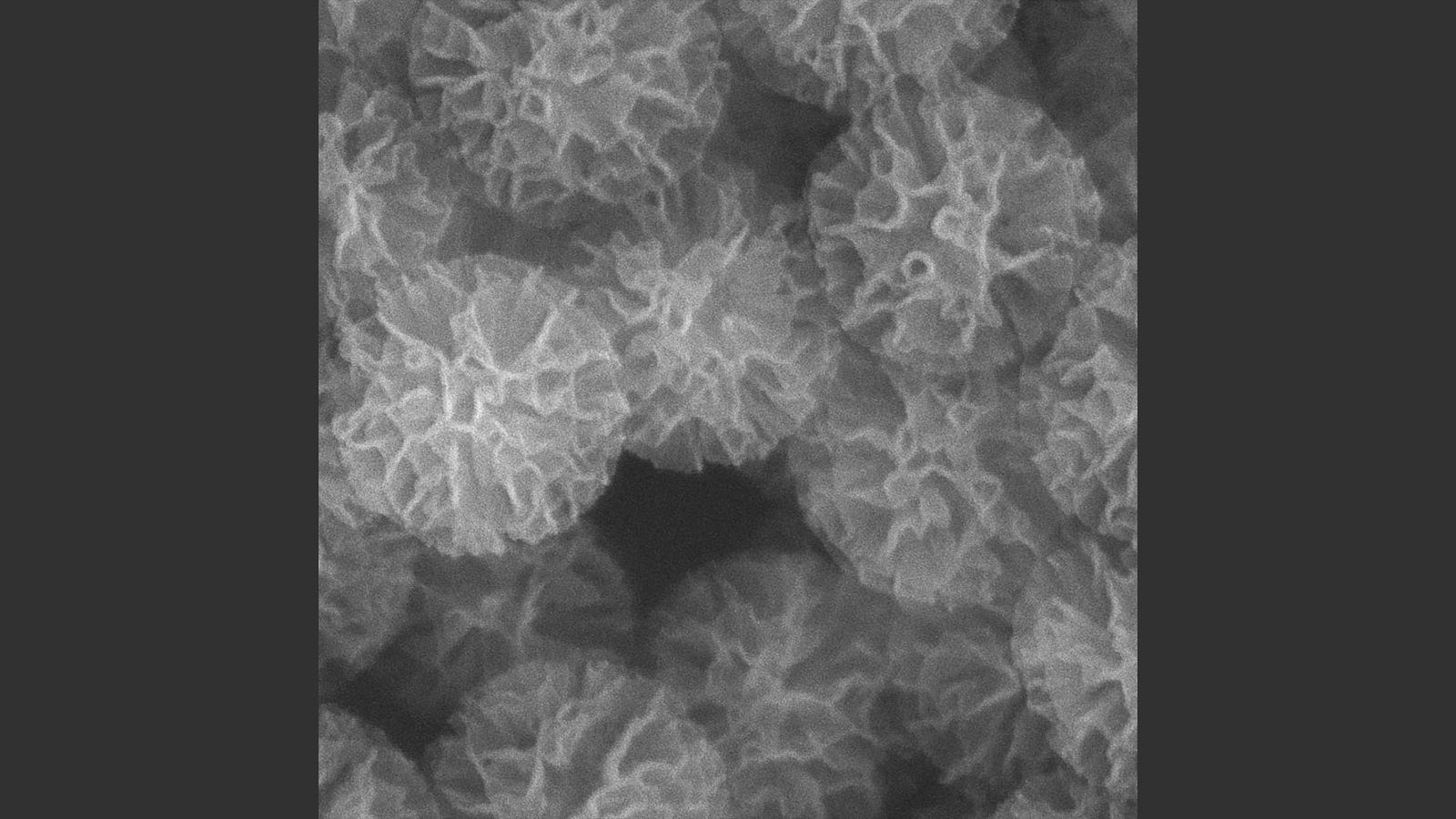
Nanodevices for the brain could thwart formation of Alzheimer’s plaques
Researchers designed a nanodevice with the potential to prevent peptides from forming dangerous plaques in the brain in order to halt development of Alzheimer’s disease.
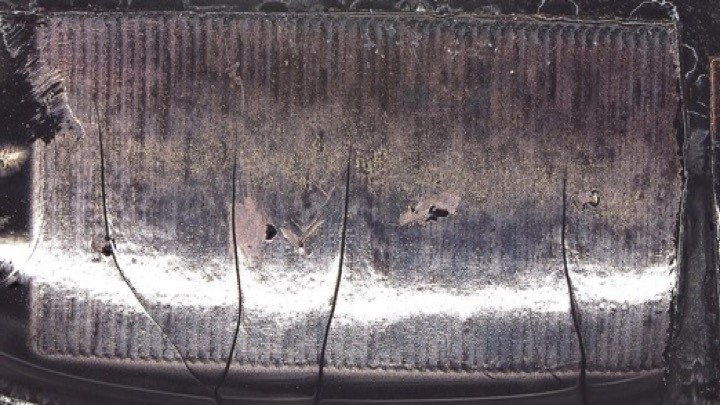
Electronics for high-altitude use can get smaller and sturdier with new nanomaterials
Demand is growing for new materials that can be printed at ever smaller dimensions. Scientists are now creating metal-based nanomaterials for circuit boards that could be resistant to high-altitude radiation encountered by aerospace equipment and fighter jets.
UCI-led team designs carbon nanostructure stronger than diamonds
Irvine, Calif., April 13, 2020 – Researchers at the University of California, Irvine and other institutions have architecturally designed plate-nanolattices – nanometer-sized carbon structures – that are stronger than diamonds as a ratio of strength to density. In a recent study in Nature Communications, the scientists report success in conceptualizing and fabricating the material, which consists of closely connected, closed-cell plates instead of the cylindrical trusses common in such structures over the past few decades.

Engineer uses metal-oxide nanomaterials deposited on cloth to wipe out microbes
Sonal Padalkar, an Iowa State mechanical engineer, is studying how metal-oxide nanomaterials can be deposited on cloth and paper for use as an antimicrobial agent.

Engineered Nanowrappers Carry and Release Tiny Cargo
Scientists have discovered a new method for creating hollow metallic nanostructures. They used advanced electron tomography to collect 3D images of the transition from gold nanocubes with sharp corners to gold-silver alloy nanowrappers with pores at their corners. The pores are large and regular enough to carry molecule or nanoscale-size particles.

New $21.4 million U.S.-Israel center aims to develop water-energy technologies
A U.S.-Israel team that includes researchers from the U.S. Department of Energy’s Argonne National Laboratory has received $21.4 million to develop new technologies to help solve global water challenges.
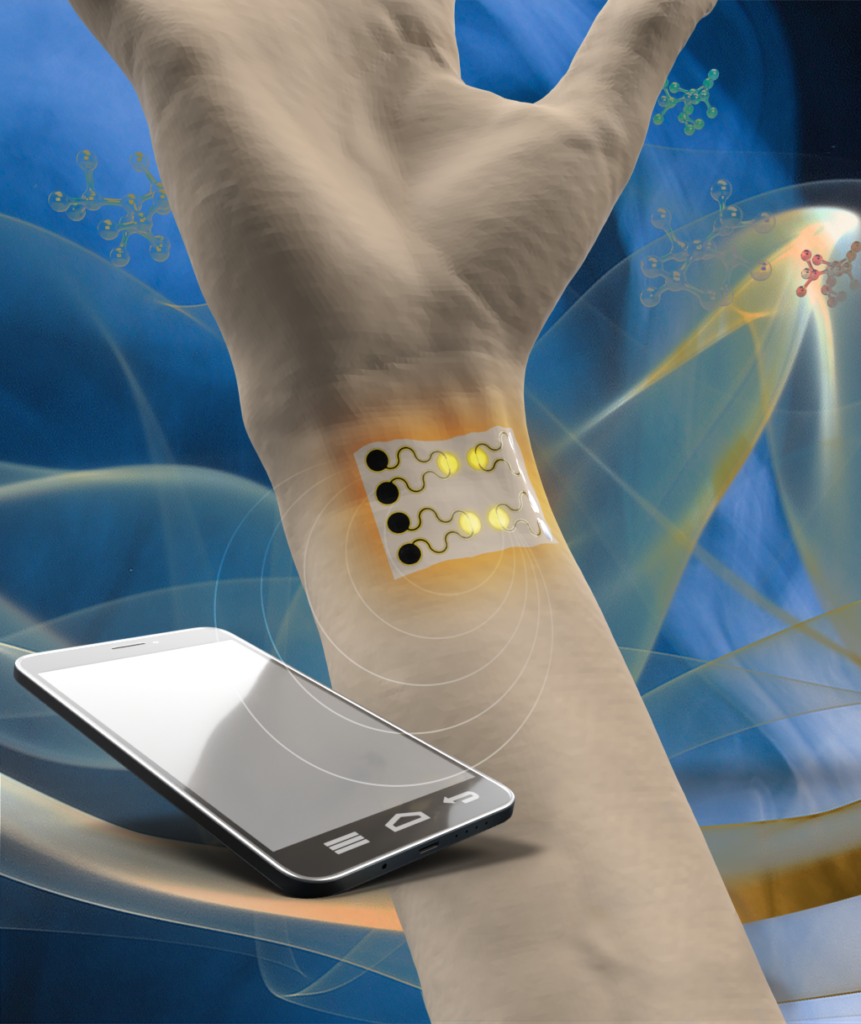
A Wearable Gas Sensor for Health and Environmental Monitoring
A highly sensitive wearable gas sensor for environmental and human health monitoring may soon become commercially available, according to researchers at Penn State and Northeastern University.
Exploring the “dark side” of a single-crystal complex oxide thin film
A new study offers a nanoscopic view of complex oxides, which have great potential for advanced microelectronics.
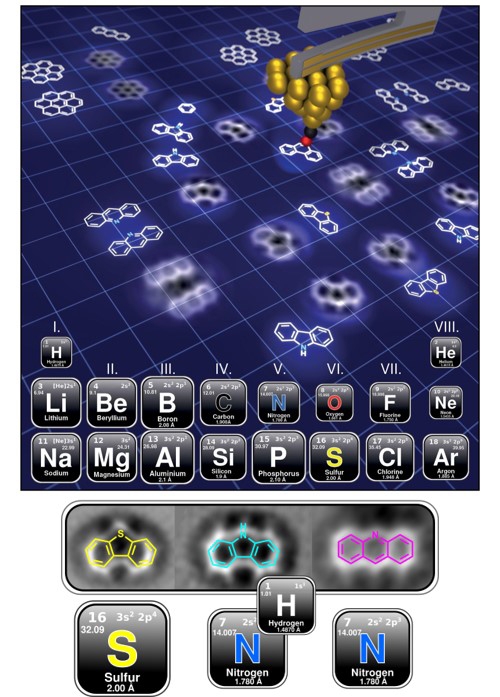
Looking at Atoms in Molecules to Make Cleaner Fuels from Petroleum
CFN staff and users from ExxonMobil have developed a new approach to identifying atoms that are neither carbon nor hydrogen within a specific type of molecule in crude oil.
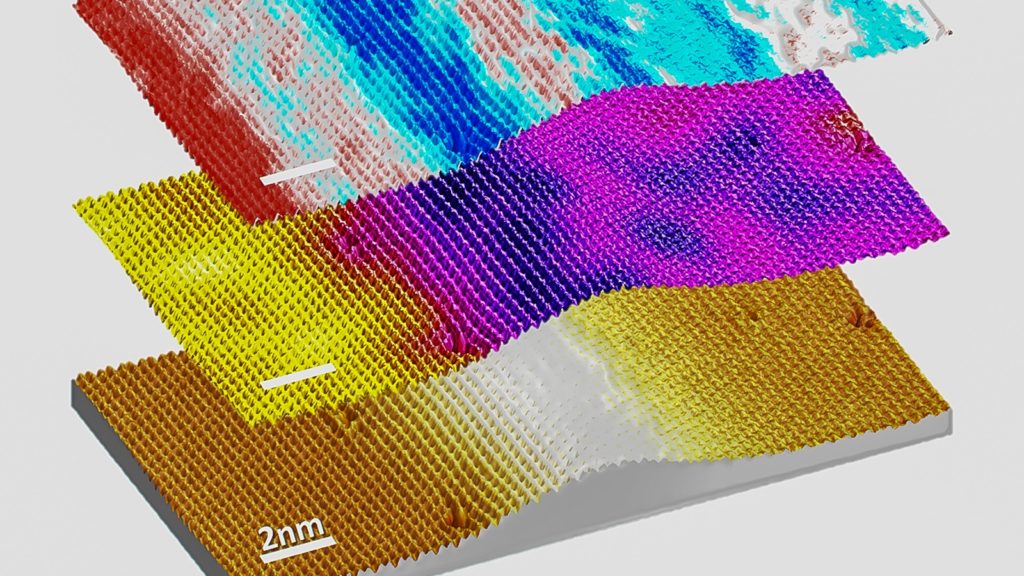
Scientists discover “ripple” in flexible material that could improve electronic properties
Argonne scientists have discovered an intriguing new behavior in a two-dimensional material at the atomic level as it is stretched and strained, like it would be in an actual flexible device.